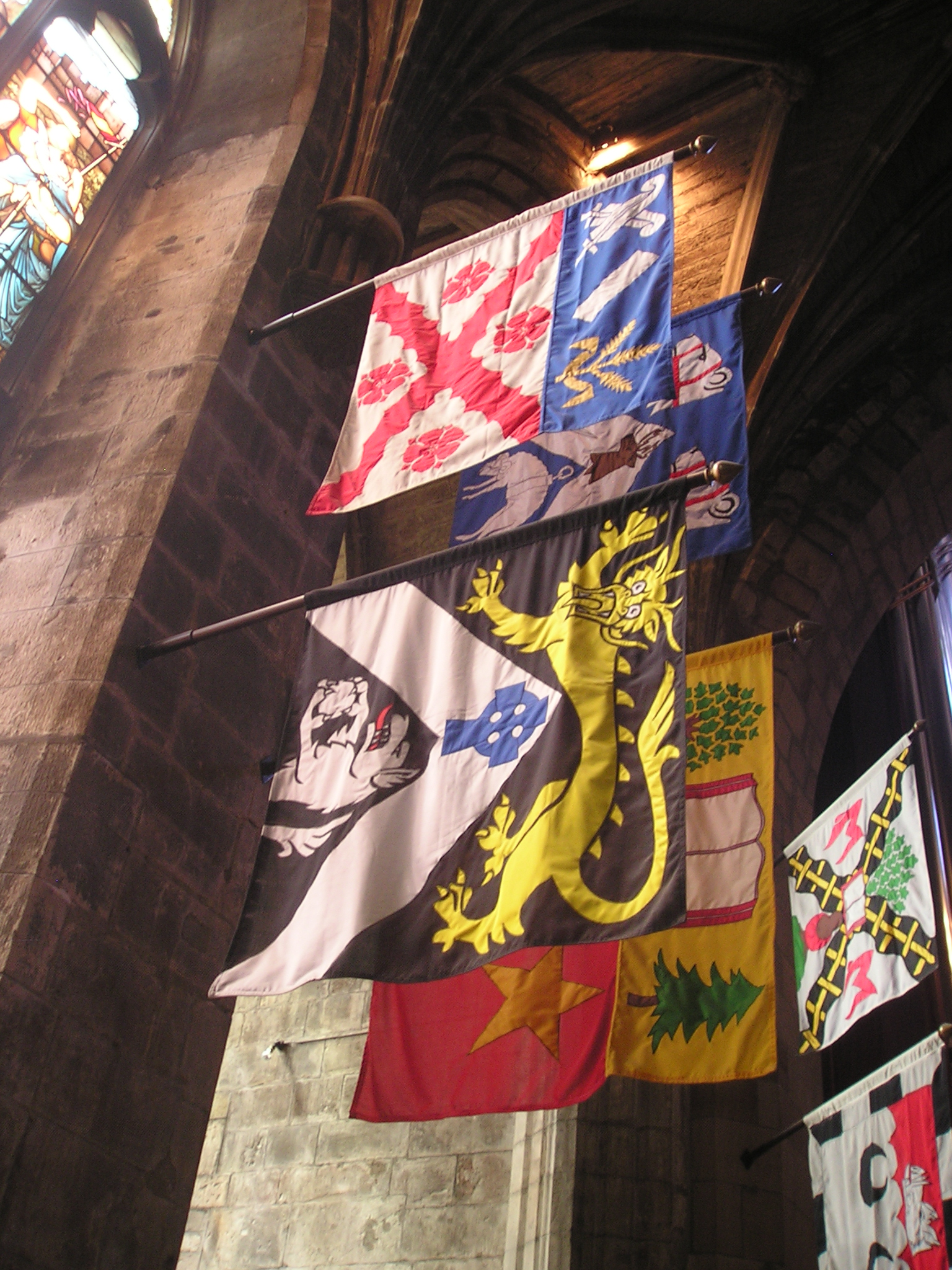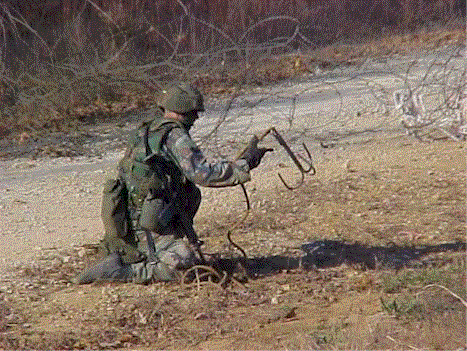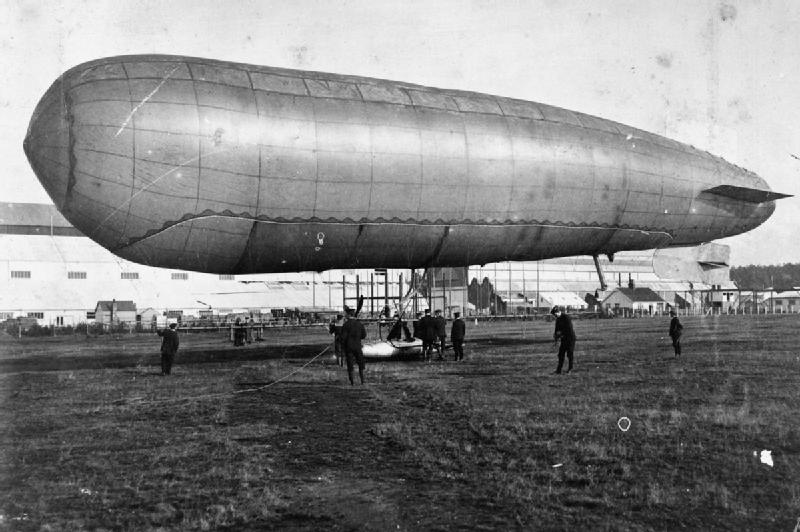|
Aerial Advertising
Aerial advertising is a form of advertising that incorporates the use of flogos, manned aircraft, or drones to create, transport, or display, advertising media. The media can be ''static'', such as a banner, logo, lighted sign or sponsorship branding. It can also be ''dynamic'', such as animated lighted signage, skywriting, or audio. Prior to World War II, aviation pioneer Arnold Sidney Butler, the owner and operator of Daniel Webster Airport (New Hampshire) utilizing his fleet of J3 Cubs, created banner towing and was credited with a number of inventions and aircraft modifications used to pick up and release banners. At the start of World War II, the government took over the airstrip for military training. Afterward, Butler moved his aircraft to Florida and formed Circle-A Aviation where he continued his banner towing business. Still today, many of his aircraft remain in service and can be seen in the skies over Miami and Hollywood, Florida. Aerial advertising is perceived ... [...More Info...] [...Related Items...] OR: [Wikipedia] [Google] [Baidu] |
Goodyear Blimp
The Goodyear Blimp is any one of a fleet of commercial airships (or dirigibles) operated by the Goodyear Tire and Rubber Company, used mainly for advertising and capturing aerial views of live sporting events for television. The term blimp itself is defined as a —without any internal structure, the pressure of lifting gas within the airship envelope maintains the vessel's shape. Goodyear built hundreds of airships throughout much of the 20th century, mostly for the United States Navy. Beginning with the ''Pilgrim'' in 1925, Goodyear also built non-rigid airships (or blimps) for its own commercial fleet. In the 1980s, a hostile takeover bid forced Goodyear to sell its subsidiary Goodyear Aerospace, eventually ending the company’s construction of wikt:lighter-than-air, lighter-than-air craft. The last blimp built by Goodyear, ''Spirit of Innovation'', was retired in 2017. Beginning in 2014, Goodyear replaced its three U.S. ''non-rigid'' airships (blimps) with three new S ... [...More Info...] [...Related Items...] OR: [Wikipedia] [Google] [Baidu] |
Aerostats
An aerostat (, via French) or lighter-than-air aircraft is an aircraft that relies on buoyancy to maintain flight. Aerostats include unpowered balloons (free-flying or tethered) and powered airships. The relative density of an aerostat as a whole is lower than that of the surrounding atmospheric air (hence the name "lighter-than-air"). Its main component is one or more gas capsules made of lightweight skins, containing a lifting gas (hot air, or any gas with lower density than air, typically hydrogen or helium) that displaces a large volume of air to generate enough buoyancy to overcome its own weight. Payload (passengers and cargo) can then be carried on attached components such as a basket, a gondola, a cabin or various hardpoints. With airships, which need to be able to fly against wind, the lifting gas capsules are often protected by a more rigid outer envelope or an airframe, with other gasbags such as ballonets to help modulate buoyancy. Aerostats are so named because ... [...More Info...] [...Related Items...] OR: [Wikipedia] [Google] [Baidu] |
Propeller (aircraft)
In aeronautics, an aircraft propeller, also called an airscrew,Beaumont, R.A.; ''Aeronautical Engineering'', Odhams, 1942, Chapter 13, "Airscrews". converts rotary motion from an engine or other power source into a swirling slipstream which pushes the propeller forwards or backwards. It comprises a rotating power-driven hub, to which are attached several radial airfoil-section blades such that the whole assembly rotates about a longitudinal axis. The blade pitch may be fixed, manually variable to a few set positions, or of the automatically variable "constant-speed" type. The propeller attaches to the power source's driveshaft either directly or through reduction gearing. Propellers can be made from wood, metal or composite materials. Propellers are most suitable for use at subsonic airspeeds generally below about , although supersonic speeds were achieved in the McDonnell XF-88B experimental propeller-equipped aircraft. Supersonic tip-speeds are used in some aircraft like the ... [...More Info...] [...Related Items...] OR: [Wikipedia] [Google] [Baidu] |
Altitude
Altitude is a distance measurement, usually in the vertical or "up" direction, between a reference datum (geodesy), datum and a point or object. The exact definition and reference datum varies according to the context (e.g., aviation, geometry, geographical survey, sport, or atmospheric pressure). Although the term ''altitude'' is commonly used to mean the height above sea level of a location, in geography the term elevation is often preferred for this usage. In aviation, altitude is typically measured relative to mean sea level or above ground level to ensure safe navigation and flight operations. In geometry and geographical surveys, altitude helps create accurate topographic maps and understand the terrain's elevation. For high-altitude trekking and sports, knowing and adapting to altitude is vital for performance and safety. Higher altitudes mean reduced oxygen levels, which can lead to altitude sickness if proper acclimatization measures are not taken. Vertical distance ... [...More Info...] [...Related Items...] OR: [Wikipedia] [Google] [Baidu] |
Drag (physics)
In fluid dynamics, drag, sometimes referred to as fluid resistance, is a force acting opposite to the direction of motion of any object moving with respect to a surrounding fluid. This can exist between two fluid layers, two solid surfaces, or between a fluid and a solid surface. Drag forces tend to decrease fluid velocity relative to the solid object in the fluid's path. Unlike other resistive forces, drag force depends on velocity. Drag force is proportional to the relative velocity for low-speed flow and is proportional to the velocity squared for high-speed flow. This distinction between low and high-speed flow is measured by the Reynolds number. Drag is instantaneously related to vorticity dynamics through the Josephson-Anderson relation. Examples Examples of drag include: * Net force, Net Aerodynamic force, aerodynamic or Fluid dynamics, hydrodynamic force: Drag acting opposite to the direction of movement of a solid object such as cars, aircraft, and boat hulls. * Viscou ... [...More Info...] [...Related Items...] OR: [Wikipedia] [Google] [Baidu] |
Billboard
A billboard (also called a hoarding in the UK and many other parts of the world) is a large outdoor advertising structure (a billing board), typically found in high-traffic areas such as alongside busy roads. Billboards present large advertisements to passing pedestrians and drivers. Typically brands use billboards to build their brands or to push for their new products. The largest ordinary-sized billboards are located primarily on major highways, expressways, or principal arterials, and command high-density consumer exposure (mostly to vehicular traffic). These afford the greatest visibility due not only to their size, but because they allow creative "customizing" through extensions and embellishments. Posters are another common form of billboard advertising, located mostly along primary and secondary arterial roads. Posters are in a smaller format and are viewed primarily by residents and commuter traffic, with some pedestrian exposure. Advertising style Billboard advert ... [...More Info...] [...Related Items...] OR: [Wikipedia] [Google] [Baidu] |
Banner
A banner can be a flag or another piece of cloth bearing a symbol, logo, slogan or another message. A flag whose design is the same as the shield in a coat of arms (but usually in a square or rectangular shape) is called a banner of arms. Also, a bar-shaped piece of non-cloth advertising material sporting a name, slogan, or other marketing message is also a banner. Banner-making is an ancient craft. Church banners commonly portray the saint to whom the church is dedicated. The word derives from Old French ''baniere'' (modern ), from Late Latin ''bandum'', which was borrowed from a Germanic languages, Germanic source (compare ). Cognates include Italian language, Italian ''bandiera'', Portuguese language, Portuguese ''bandeira'', and Spanish language, Spanish ''bandera''. Vexillum The vexillum was a flag-like object used as a military standard by units in the Ancient Roman army. The word ''vexillum'' itself is a diminutive of the Latin ''velum'', meaning a sail, which confir ... [...More Info...] [...Related Items...] OR: [Wikipedia] [Google] [Baidu] |
Grapple (tool)
A grapple is a hook or claw used to catch or hold something. A ship's anchor is a type of grapple, especially the "grapnel" anchor. A throwing grapple, kaginawa (or " grappling hook" ) is a multi-pronged hook that is tied to a rope and thrown/launched to catch a grip, as on a parapet or branch of a tree.War in the Streets by Michael Dewar (Author)Publisher. David & Charles; Publication date. 30 Jan. 1992; It may also be used in a boat to "drag" the bottom of a waterway to hook debris or to find missing objects. In logging and other engineering vehicles, a grapple is a hydraulically powered claw with two or more opposing levers that pinch a log or other materials, usually to lift or drag them. The logging grapple used in swing yarding is not moved by hydraulics but by cables. To open and close the tongs of the grapple, two cables are used. One is tensioned and the other is slacked off to move the tongs. A third cable goes back to the tail hold then to the yarder. This thi ... [...More Info...] [...Related Items...] OR: [Wikipedia] [Google] [Baidu] |
Agricultural Aircraft
An agricultural aircraft is an aircraft that has been built or converted for agricultural use – usually aerial application of pesticides (crop dusting) or fertilizer (aerial topdressing); in these roles, they are referred to as "crop dusters" or "top dressers". Agricultural aircraft are also used for hydroseeding. The most common agricultural aircraft are fixed-wing aircraft, fixed-wing – such as the Air Tractor, Cessna 188, Cessna Ag-wagon, Gippsland GA200, Grumman Ag Cat, PZL-106 Kruk, PZL-106 KRUK, M-18 Dromader, PAC Fletcher, Piper PA-36 Pawnee Brave, Embraer EMB 202 Ipanema, and Rockwell Thrush Commander – but helicopters are also used. Generally, agricultural aircraft have piston or turboprop engines. The only known exception is the Poland, Polish PZL M-15 Belphegor which has a jet engine. Early use of aircraft in agriculture Crop dusting with insecticides began in the 1920s in the United States. The first widely used agricultural aircraft were converted war-s ... [...More Info...] [...Related Items...] OR: [Wikipedia] [Google] [Baidu] |
Aircraft Engine
An aircraft engine, often referred to as an aero engine, is the power component of an aircraft propulsion system. Aircraft using power components are referred to as powered flight. Most aircraft engines are either piston engines or gas turbines, although a few have been rocket powered and in recent years many small UAVs have used electric motors. Manufacturing industry The largest manufacturer of turboprop engines for general aviation is Pratt & Whitney. General Electric announced in 2015 entrance into the market. Development history * 1903: Manly-Balzer engine sets standards for later radial engines. * 1910: Coandă-1910, an unsuccessful ducted fan aircraft exhibited at Paris Aero Salon, powered by a piston engine. The aircraft never flew, but a patent was filed for routing exhaust gases into the duct to augment thrust. * 1914: Auguste Rateau suggests using exhaust-powered compressor – a turbocharger – to improve high-altitude performance; not accepted after the ... [...More Info...] [...Related Items...] OR: [Wikipedia] [Google] [Baidu] |
Stanley Spencer (aeronaut)
Stanley Edward Spencer (1868–1906) was an early English aeronaut, famous for ballooning and parachuting in several countries, and later for building and flying an airship over London in 1902. Stanley's family had a history of flying: all his five siblings were also aeronauts, with Arthur and Percival G. Spencer, Percival the more well-known; his father Charles Green Spencer pioneered gliding and founded the balloon factory C.G. Spencer & Sons in London; and his grandfather Edward Spencer (aeronaut), Edward had flown balloons with Charles Green (balloonist), Charles Green since 1836. On 15 September 1898, Stanley piloted a hydrogen balloon for the meteorologist Arthur Berson in what was believed to be a record ascent to 27,500 feet. On 15 November 1899, Spencer ascended with John Mackenzie Bacon and Gertrude Bacon to observe the Leonid meteor shower from above the clouds. Ten hours later, their balloon landed near Neath, South Wales, narrowly avoiding drifting out over the A ... [...More Info...] [...Related Items...] OR: [Wikipedia] [Google] [Baidu] |
List Of British Airships
Airship development in the United Kingdom lagged behind that of Germany and France. The first British designed and built airship was constructed by Stanley Spencer (aeronaut), Stanley Spencer, and on 22 September 1902 was flown from Crystal Palace, London to Ruislip, carrying an advertisement for baby food. A series of more practical airships was constructed by Ernest Willows, the "Willows Number 1" making its first flight near Cardiff on 5 August 1905. The Royal Navy realised that airships similar to Ferdinand von Zeppelin's designs could be of great use and in 1909 ordered construction of a rigid airship. This was completed in 1911 but was wrecked while leaving the hangar before it had flown. Meanwhile, the British Army's School of Ballooning, later the Air Battalion Royal Engineers, acquired a small fleet of semi-rigid airship, semi-rigid and non-rigid airships for observation purposes; they were taken over by the Royal Navy on the creation of the Royal Naval Air Service in ... [...More Info...] [...Related Items...] OR: [Wikipedia] [Google] [Baidu] |





